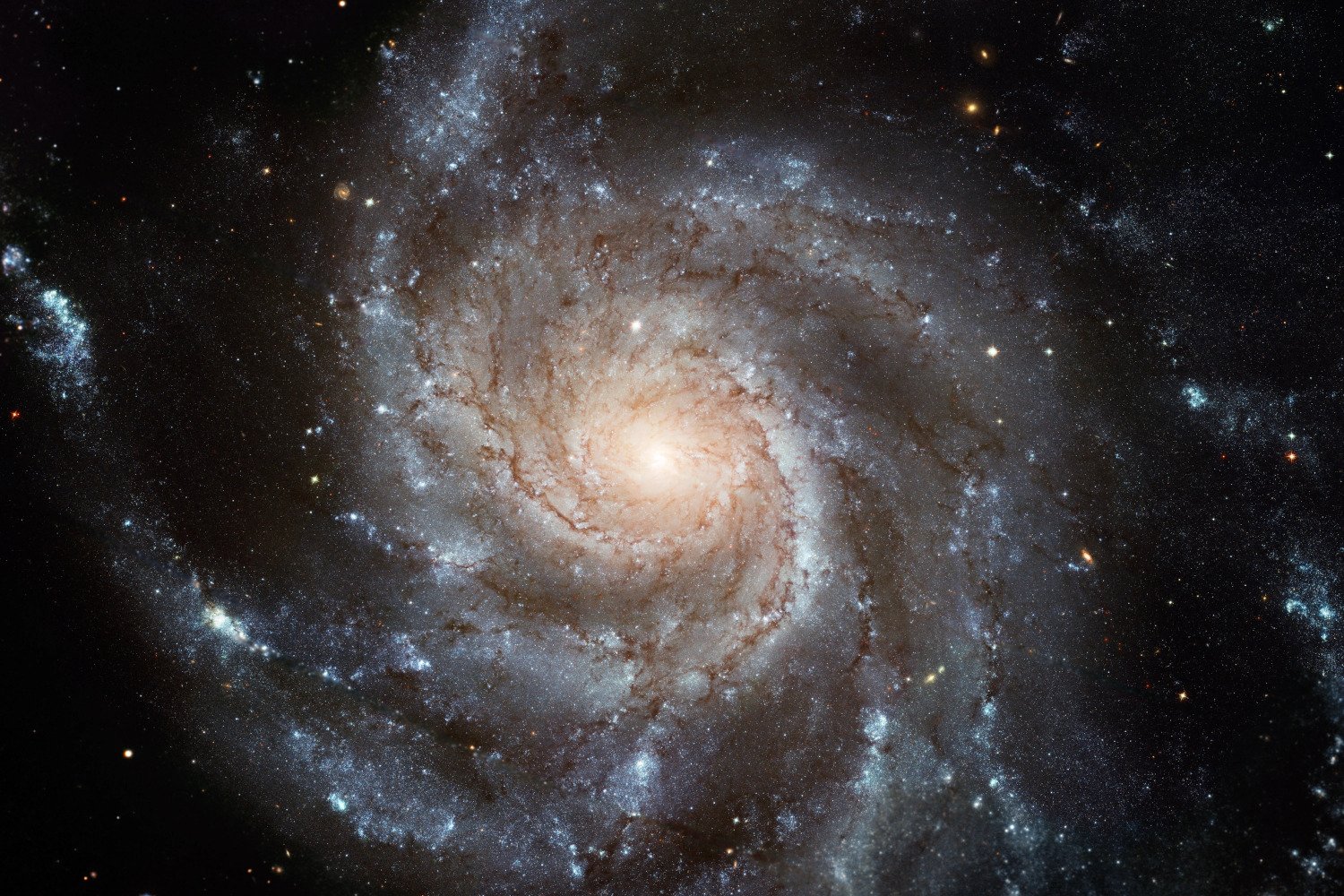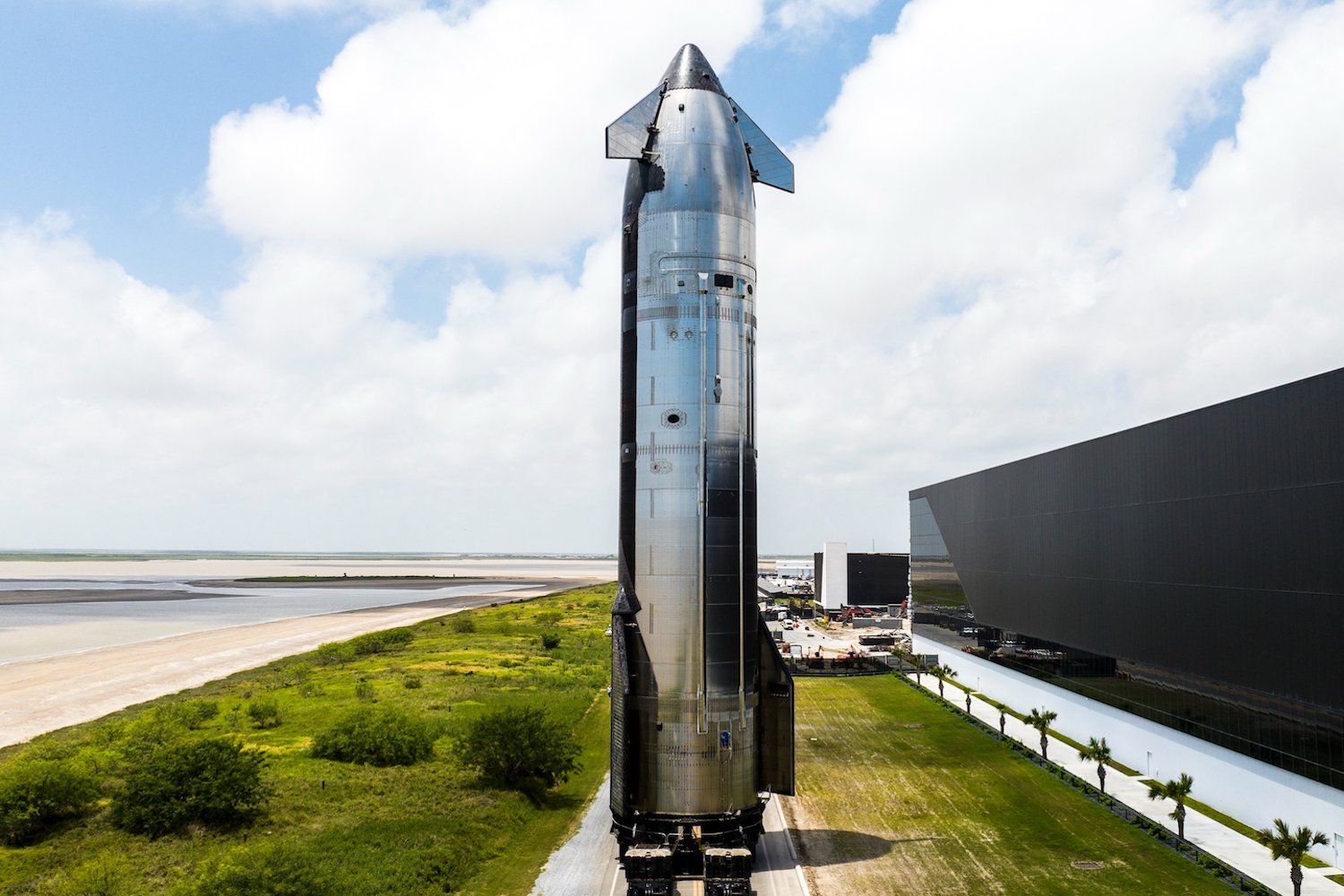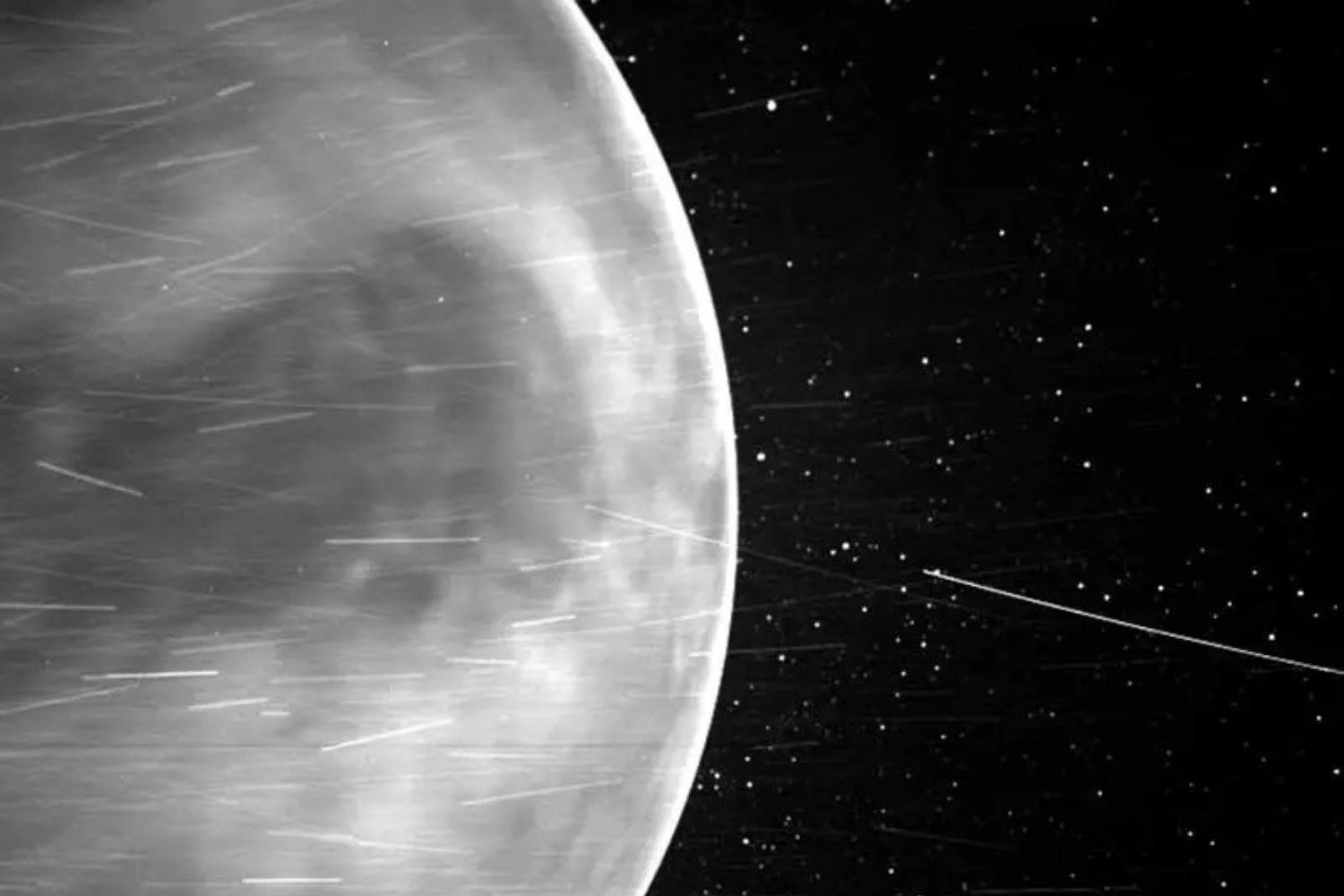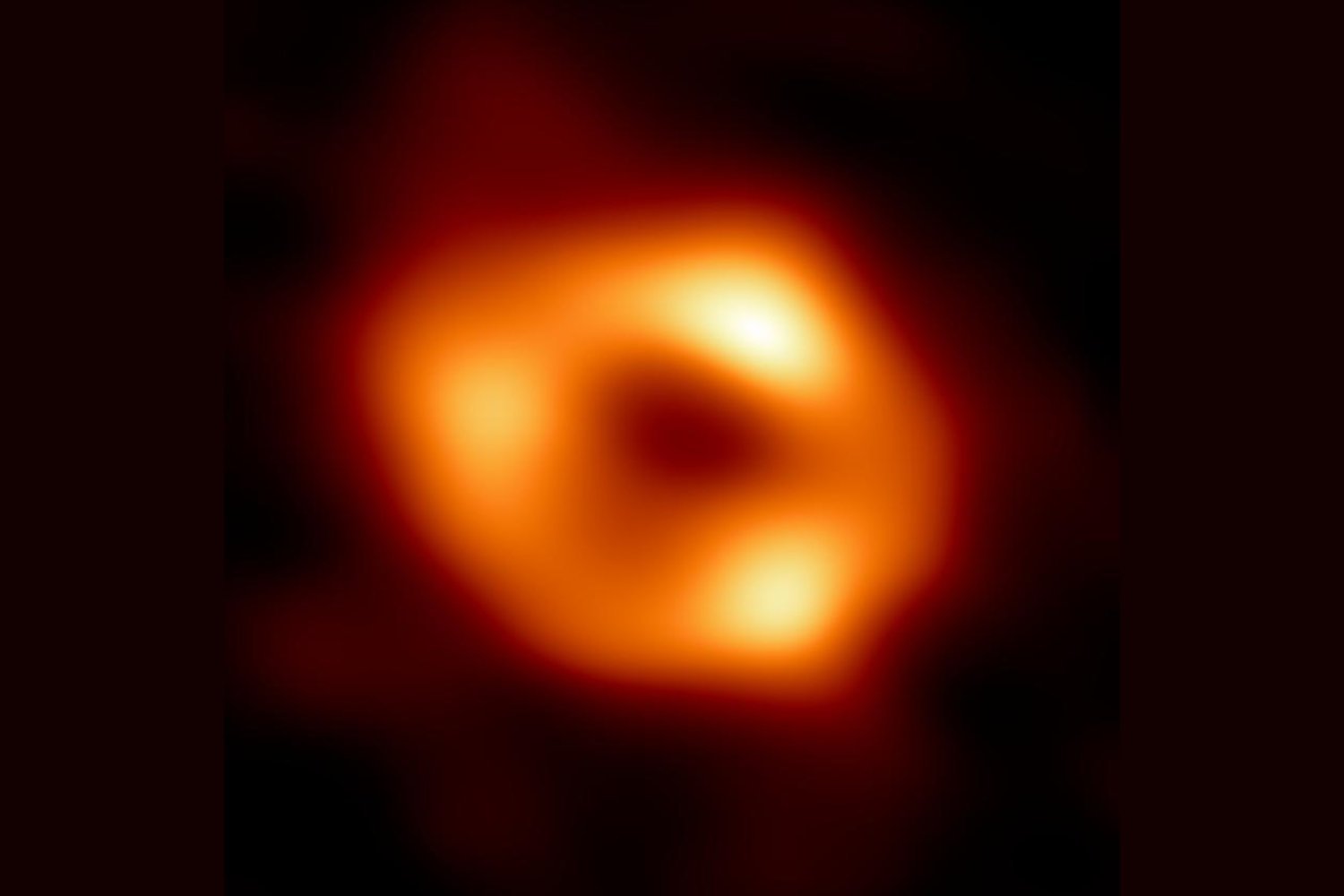My telescope, aimed at a galaxy incredibly distant from Earth in my light-polluted San Diego backyard, captured an image that sparked a curious question. As the first photo of the Pinwheel galaxy streamed to my tablet, its trillion stars shimmering, my wife, Cristina, wondered, “Doesn’t light get tired during such a long journey?” The light from the Pinwheel had, after all, traveled for 25 million years. This simple question led to a fascinating exploration of why light doesn’t seem to wear out.
Understanding Light: The Tireless Cosmic Messenger
As an astrophysicist, one of the first things I learned is that light often behaves counterintuitively. Light is electromagnetic radiation—essentially, coupled electric and magnetic waves journeying through space-time. Crucially, light has no mass. This masslessness is critical because an object’s mass limits its maximum speed through space.
Because it’s massless, light achieves the universe’s ultimate speed limit in a vacuum: approximately 186,000 miles (300,000 kilometers) per second, or almost 6 trillion miles per year (9.6 trillion kilometers). Nothing traveling through space is faster. To visualize this, in the time it takes to blink, a particle of light can circle the Earth more than twice. Despite this incredible speed, space is vast. Light from our Sun, 93 million miles (about 150 million kilometers) away, takes just over eight minutes to reach us. The light from Alpha Centauri, the nearest star system after the Sun, is over four years old when we see it, meaning it’s four light-years away.
The Secret to Light’s Stamina: Traversing the Void
Considering these immense distances, how does light travel across the universe without slowly losing energy? Some light does lose energy when it bounces off something, like interstellar dust particles, causing it to scatter. However, most light travels unimpeded because space is mostly empty—a vast expanse of nothingness. With nothing in its way, light that travels freely loses no energy. It can maintain its speed of 186,000 miles per second indefinitely.
Time, Space, and the Photon’s Unique Experience
Here’s another intriguing concept: imagine yourself as an astronaut on board the International Space Station, orbiting at 17,000 miles (about 27,000 kilometers) per hour. Compared to someone on Earth, your watch would tick 0.01 seconds slower over a year. This is an example of time dilation, where time moves at different speeds under different conditions. If you move very fast or are near a strong gravitational field, your clock ticks slower than someone moving slower or further from such a field. In short, time is relative.
Now, consider that light is inextricably connected to time. If you could ride on a photon, a fundamental particle of light, you would experience maximum time dilation. While observers on Earth would clock you at the speed of light, from your reference frame, time would completely stop. This occurs because the “clocks” measuring time are in vastly different states of motion: the photon at light speed versus Earth’s comparatively slow orbit around the Sun.
Furthermore, when traveling at or near light speed, the distance to your destination contracts. Space itself becomes more compact in the direction of motion—the faster you go, the shorter the journey becomes. For a photon, space gets squished. So, returning to my image of the Pinwheel galaxy: from the photon’s perspective, a star in that galaxy emitted it, and my camera’s pixel absorbed it at the exact same moment. Because space is compressed and time stops for the photon, its journey was infinitely fast and infinitely short.
From our vantage point on Earth, however, that photon embarked on its journey 25 million years ago, traversing 25 million light-years of space until it finally landed on my tablet. There, on a cool spring night, its ancient light sparked a delightful conversation, reminding us of the universe’s profound wonders.











